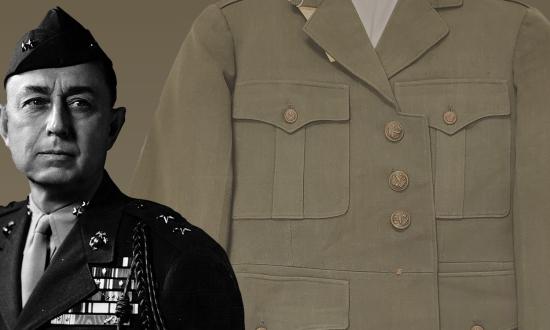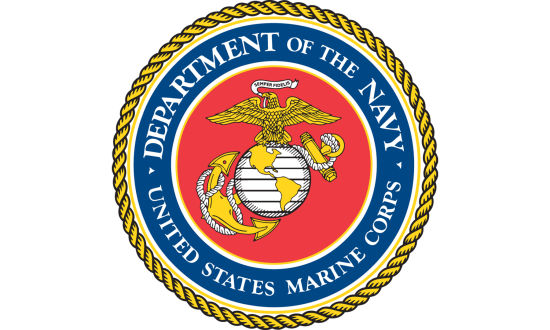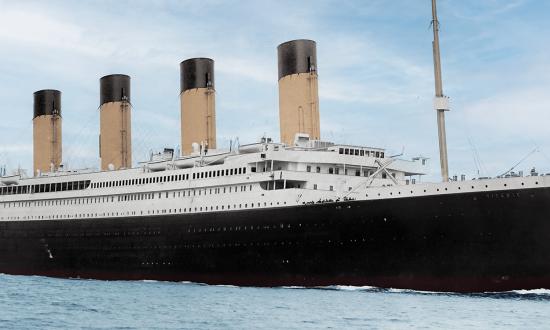A pair of U.S. shipwrecks from World War II—one a destroyer, the other a carrier, both victims of kamikaze attacks—have been identified in recent months.
On 25 May, Naval History and Heritage Command (NHHC) confirmed the identity of a wreck site located in Japanese waters as the USS Mannert L. Abele (DD-733).
The Allen M. Sumner–class destroyer was operating 75 miles off the northern coast of Okinawa on 12 April 1945 when enemy aircraft appeared on radar. The Mannert L. Abele fought off multiple enemy aircraft until eventually a kamikaze managed to crash abreast of the after fireroom on the starboard side, penetrating the after-engine room. A minute later, the ship was hit at the waterline by a Yokosuka MXY-7 Ohka (“Cherry Blossom”) rocket-powered human-guided bomb, and the resulting explosion caused the ship’s bow and stern to buckle rapidly.
NHHC’s Underwater Archaeology Branch used information provided by Tim Taylor, an ocean explorer and CEO of Tiburon Subsea, and Taylor’s “Lost 52 Project” team to confirm the identity of the Mannert L. Abele.
Following on the heels of the Mannert L. Abele announcement, on 10 July NHHC confirmed the identity of another wreck site as that of the USS Ommaney Bay (CVE-79).
While operating in the Sulu Sea, the Ommaney Bay was hit and sunk by a twin-engine Japanese suicide plane on 4 January 1945. NHHC’s Underwater Archaeology Branch used a combination of survey information provided by the Sea Scan Survey team and video footage provided by the DPT Scuba dive team to confirm the identity of the Casablanca–class escort carrier.
—Mass Communication Specialist 1st Class Abigayle Lutz, NHHC







